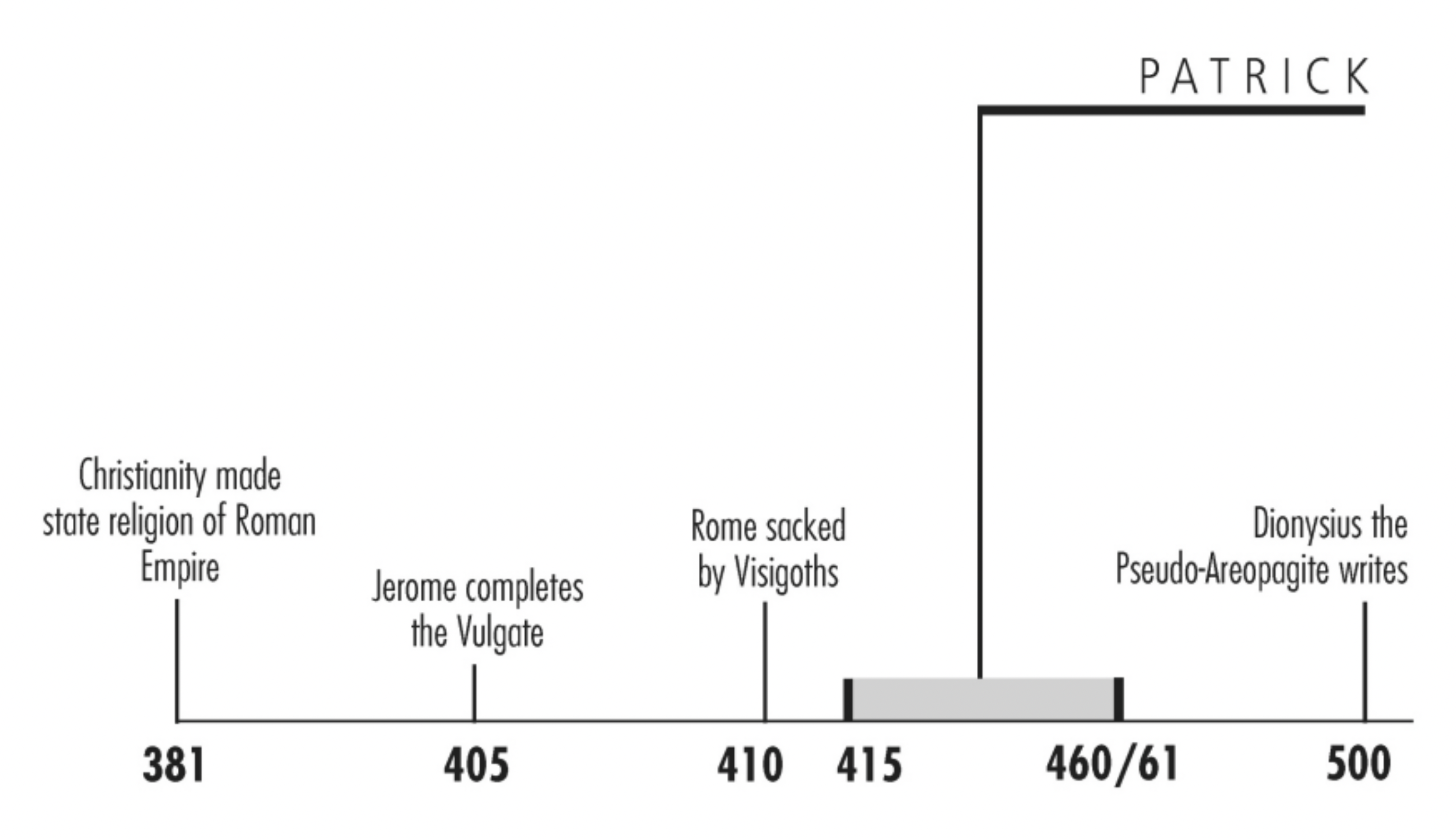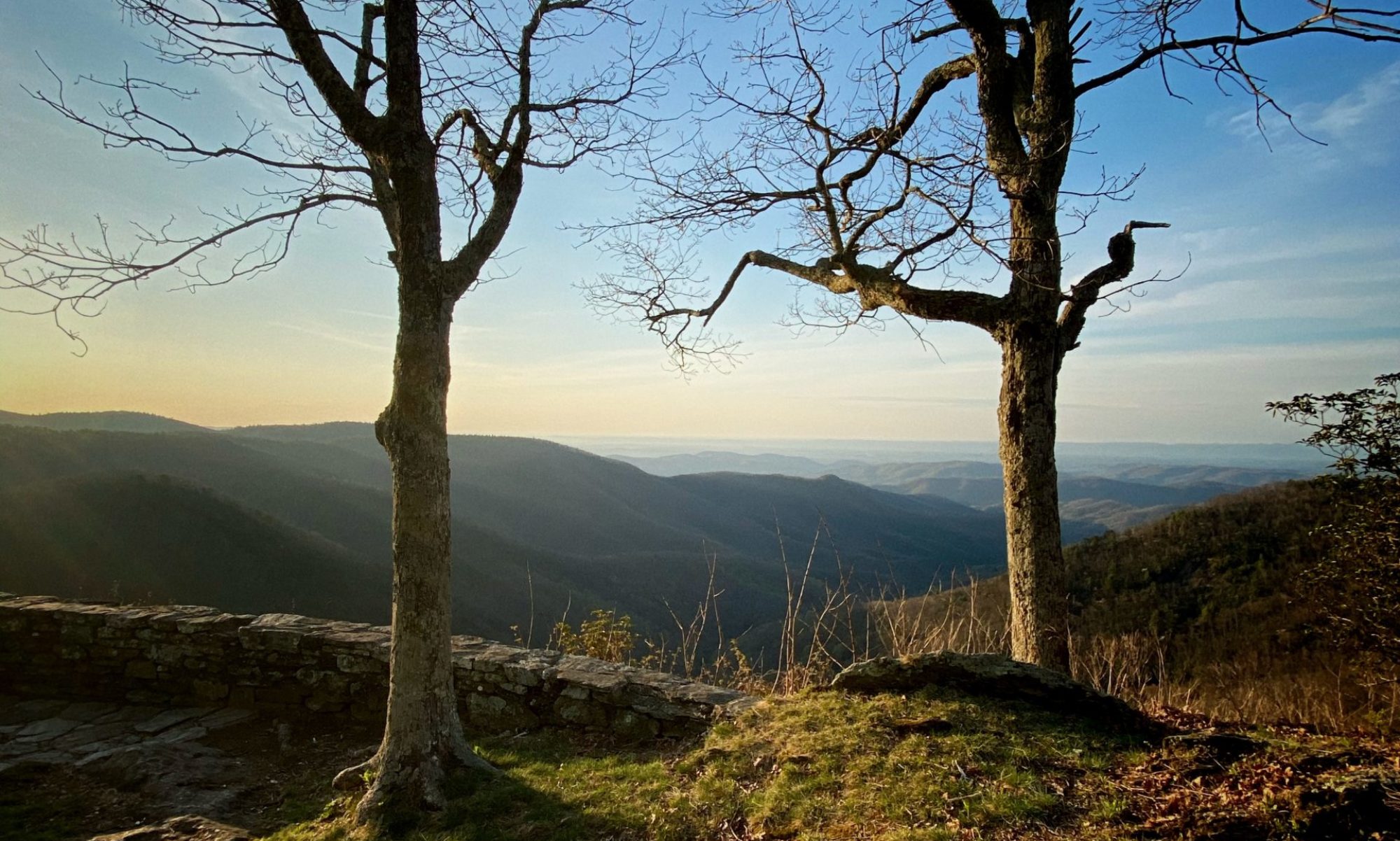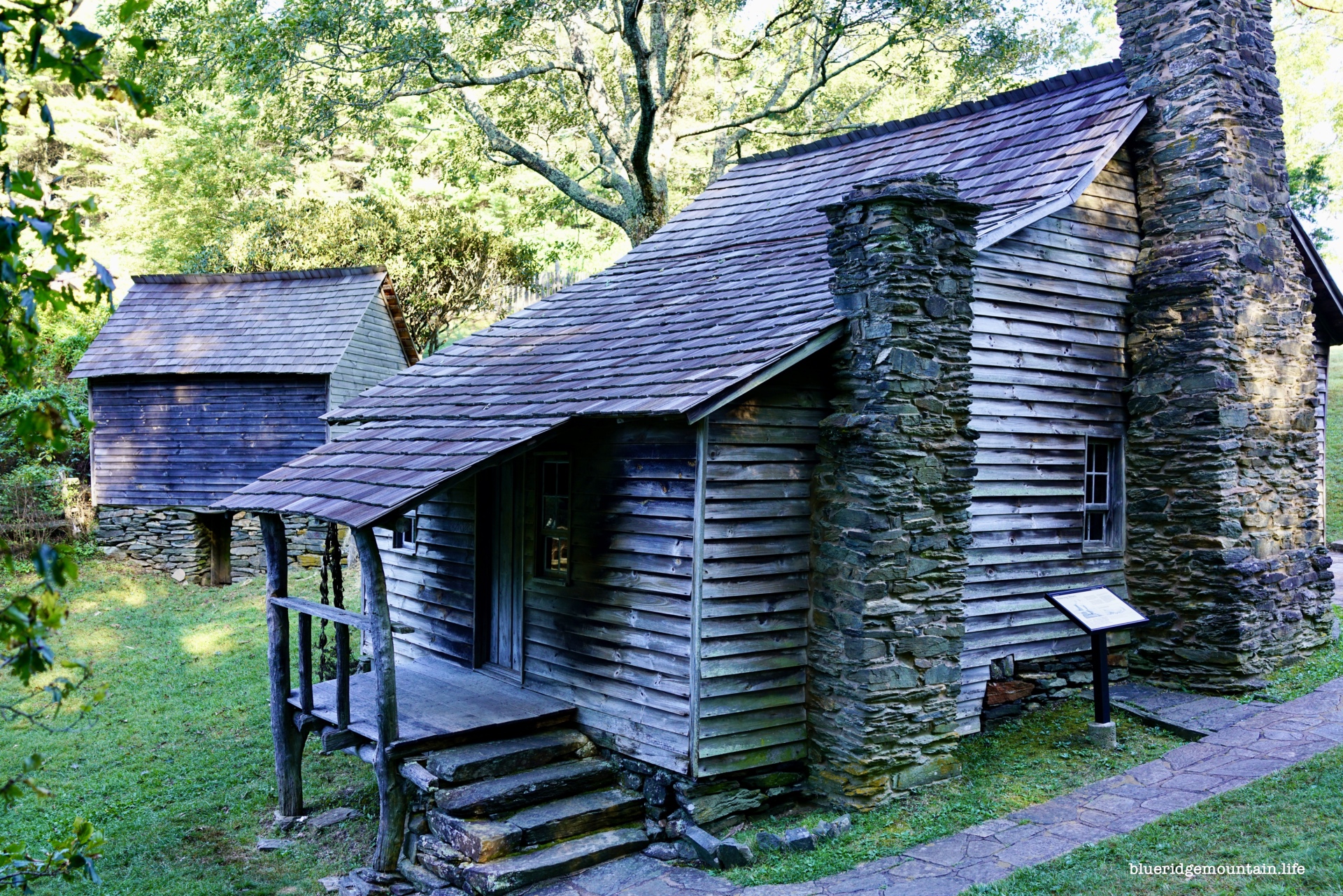To sum up (according to Post-Enlightenment, Modern thinkers): Western history consists of four major eras: 1) classical antiquity, then 2) the Dark Ages when the church dominated, followed by 3) the Renaissance-Enlightenment which led the way to 4) modern times. For several centuries that has been the fundamental organizing scheme for every textbook devoted to Western history, despite the fact that serious historians have known for decades that this scheme is a complete fraud—“an indestructible fossil of self-congratulatory Renaissance humanism.” It is appropriate to use the term renaissance to identify a particular period in the arts when there was renewed interest in classical styles, and to distinguish this period from the Gothic or the Baroque. But it is inappropriate to apply this term to identify the rebirth of progress following the Dark Ages because there never were any Dark Ages !
The Myth of the “Dark Ages” IRONICALLY, THE MOST BENEFICIAL factor in the rise of Western civilization was the fall of Rome! Like all of the ancient empires, Rome suffered from chronic power struggles among the ruling elite, but aside from that and chronic border wars and some impressive public works projects, very little happened—change, whether technological or cultural, was so slow as to go nearly unnoticed. This prompted the distinguished Roman engineer Sextus Julius Frontinus (40–103 CE ) to note that “Inventions have long since reached their limit, and I see no hope for further developments.”
Instead, as the centuries passed most people continued to live as they always had, “just a notch above barest subsistence… little better off than their oxen.” Of course, as much as half of the population of the empire consisted of slaves who, in effect, were oxen. But even most free Romans lived at a bare subsistence level, not because they lacked the potential to achieve a much higher standard of living, but because a predatory ruling elite extracted every ounce of “surplus” production. If all production above the bare minimum needed for survival is seized by the elite, there is no motivation for anyone to produce more. Consequently, despite the fabulous wealth of the elite, Rome was very poor. As E. L. Jones noted, “emperors amassed vast wealth but received incomes that were nevertheless small relative to the immensity of the territories and populations governed.” When the collapse of the Roman Empire “released the tax-paying millions… from a paralysing oppression,” many new technologies began to appear and were rapidly and widely adopted with the result that ordinary people were able to live far better, and, after centuries of decline under Rome, the population began to grow again. No longer were the productive classes bled to sustain the astonishing excesses of the Roman elite, or to erect massive monuments to imperial egos, or to support vast armies to hold Rome’s many colonies in thrall.
Instead, human effort and ingenuity turned to better ways to farm, to sail, to transport goods, to conduct business, to build churches, to make war, to educate, and even to play music. But because so many centuries later a number of examples of classical Greek and Roman public grandeur still stand as remarkable ruins, many intellectuals have been prompted to mourn the loss of these “great civilizations.” Many who are fully aware of what this grandeur cost in human suffering have been quite willing even to write-off slavery as merely “the sacrifice which had to be paid for this achievement.” To put it plainly, for too long too many historians have been as gullible as tourists, gaping at the monuments, palaces, and conspicuous consumption of Rome, and then drawing invidious comparisons between such “cosmopolitan” places and “provincial” communities such as medieval merchant towns. In any event, there was no “fall” into “Dark Ages.”
Instead, once freed of the bondage of Rome, Europe separated into hundreds of independent “statelets.” In many of these societies progress and increased production became profitable, and that ushered in “one of the great innovative eras of mankind,” as technology was developed and put into use “on a scale no civilization had previously known.” In fact, it was during the “Dark Ages” that Europe took the great technological and intellectual leap forward that put it ahead of the rest of the world. How could historians have so misrepresented things? In part, the notion that Europe fell into the “Dark Ages” was a hoax perpetrated by very antireligious intellectuals such as Voltaire and Gibbon, who were determined to claim that theirs was the era of “Enlightenment.” Another factor was that intellectuals too often have no interest in anything but literary matters. It is quite true that after the fall of Rome, educated Europeans did not write nearly as elegant Latin as had the best Roman writers. For many, that was sufficient cause to regard this as a backward time. In addition, during this era only limited attention was paid to classical thinkers such as Plato and Aristotle, and that too was taken as proof of widespread ignorance.
Another factor contributing to the myth of the “Dark Ages” is that in this era there no longer were large cities having hundreds of thousands of residents, as had ancient Rome and Alexandria. It seemed obvious that high culture could not have been sustained in the small communities of Medieval Europe—in the year 1000 there were only twenty thousand inhabitants in Paris, not many more in London, and Rome had shrunk to fewer than thirty thousand. But perhaps the most important factor in the myth of the “Dark Ages” is the inability of intellectuals to value or even to notice the nuts and bolts of real life. Hence, revolutions in agriculture, weaponry and warfare, nonhuman power, transportation, manufacturing, and commerce went unappreciated. So too did remarkable moral progress. For example, at the fall of Rome there was very extensive slavery everywhere in Europe; by the time of the “Renaissance” it was long gone.
But what is truly difficult to explain is how the creators of the “Dark Ages” myth could have overlooked what would seem to have been their chief interest: high culture. Nevertheless, they missed or dismissed the enormous progress that took place in music, art, literature, education, and science.
Stark, Rodney. The Triumph of Christianity (pp. 238-241). HarperCollins.
Bibliography
(1) Bouwsma, William J. 1979. “The Renaissance and the Drama of Western History.” American Historical Review 84:1–15.
(2) Hollister, C. Warren. 1992. “The Phases of European History and the Nonexistence of the Middle Ages.” Pacific Historical Review 61:1–22.
(4) Harris, Marvin. [1977] 1991. Cannibals and Kings. New York: Vantage.
(5) (8) Jones, E. L. 1987. The European Miracle. 2nd ed. Cambridge: Cambridge Univ. Press.
(6) Bridbury, A. R. 1969. “The Dark Ages.” The Economic History Review. 22:526–37.
(7) Vogt, Joseph. 1974. Ancient Slavery and the Ideal of Man. Oxford: Oxford Univ. Press.
(9) Gimpel, Jean. 1976. The Medieval Machine: The Industrial Revolution of the Middle Ages. New York: Penguin Books.
(10) White, Lynn, Jr. 1940. “Technology and Invention in the Middle Ages.” Speculum 15:141–56.
(11) Stark, Rodney. 2006. Cities of God. San Francisco: Harper San Francisco.
(12) Chandler, Tertius. 1987. Four Thousand Years of Urban Growth: An Historical Census. Lewiston, NY: Edward Mellon.




